Event and Party Planning
The rise in event and party planning activities serves as a compelling driver for the Disposable Paper Plates Market. As social gatherings, celebrations, and corporate events become more frequent, the demand for disposable tableware is expected to increase. Market Research Future suggest that disposable paper plates are favored for their practicality and aesthetic appeal in various settings. Event planners often seek cost-effective solutions that do not compromise on style, making disposable paper plates an attractive option. This trend is likely to bolster the Disposable Paper Plates Market, as more consumers and businesses opt for disposable products to facilitate seamless event experiences. The intersection of social trends and disposable tableware demand may create new opportunities for market players.
Rising Food Service Sector
The expansion of the food service sector is a significant driver for the Disposable Paper Plates Market. With the increasing number of restaurants, catering services, and food trucks, the demand for disposable tableware is likely to surge. Market analysis suggests that the food service industry is projected to grow, which in turn could lead to a heightened need for disposable paper plates. This trend is particularly evident in fast-casual dining establishments, where convenience and quick service are paramount. As these businesses seek to streamline operations, the Disposable Paper Plates Market stands to gain from the increased volume of disposable products required to meet customer needs. The interplay between food service growth and disposable tableware demand may create a robust market environment.
Sustainability Initiatives
The increasing emphasis on sustainability appears to be a pivotal driver for the Disposable Paper Plates Market. Consumers are becoming more environmentally conscious, leading to a growing preference for biodegradable and compostable products. This shift is reflected in market data, which indicates that the demand for eco-friendly disposable tableware is on the rise. As manufacturers respond to this trend, they are innovating with materials that reduce environmental impact. The Disposable Paper Plates Market is likely to benefit from this trend, as companies that prioritize sustainability may capture a larger share of the market. Furthermore, regulatory frameworks promoting sustainable practices could further enhance the appeal of disposable paper plates, positioning them as a viable alternative to plastic options.
Consumer Convenience Trends
The ongoing trend towards convenience is a notable driver for the Disposable Paper Plates Market. As lifestyles become busier, consumers are increasingly seeking products that simplify meal preparation and cleanup. Disposable paper plates offer a practical solution, allowing for easy serving and disposal. Market data indicates that the convenience factor is a primary reason for consumer preference in disposable tableware. This trend is particularly pronounced among families and individuals who prioritize time-saving solutions. The Disposable Paper Plates Market is likely to thrive as manufacturers continue to innovate in design and functionality, catering to the needs of a convenience-driven consumer base. The alignment of product offerings with consumer expectations may enhance market growth.
Health and Safety Considerations
Health and safety considerations are emerging as a crucial driver for the Disposable Paper Plates Market. In an era where hygiene is paramount, disposable products are perceived as safer alternatives to reusable tableware. This perception is influencing consumer choices, particularly in settings such as schools, hospitals, and outdoor events. Market data indicates that the demand for disposable paper plates is likely to grow as consumers prioritize health and safety in their dining experiences. The Disposable Paper Plates Market may see increased adoption in sectors that require stringent hygiene standards, as disposable options provide a practical solution to mitigate contamination risks. The alignment of health concerns with product offerings could enhance market dynamics.


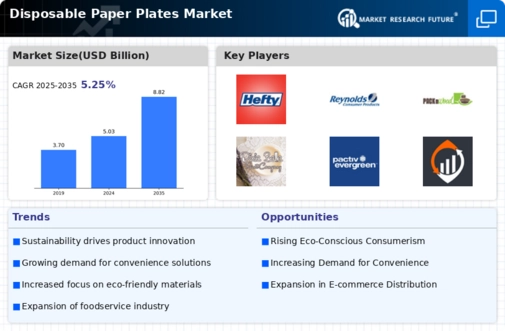
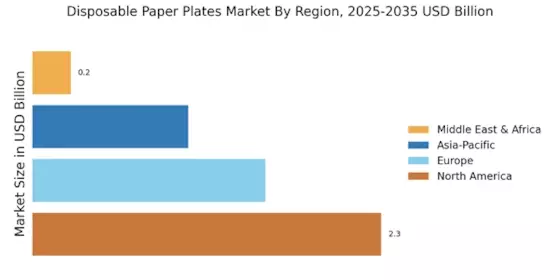

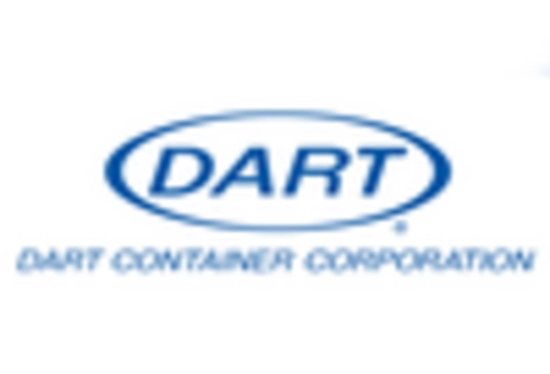

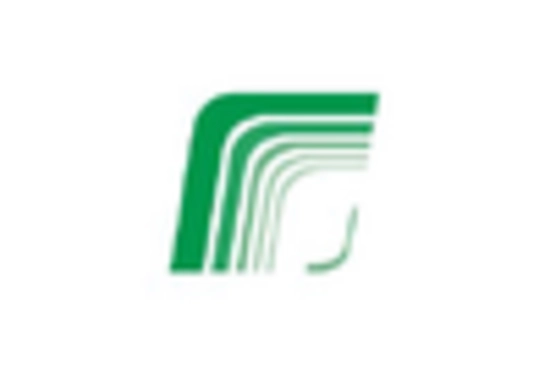

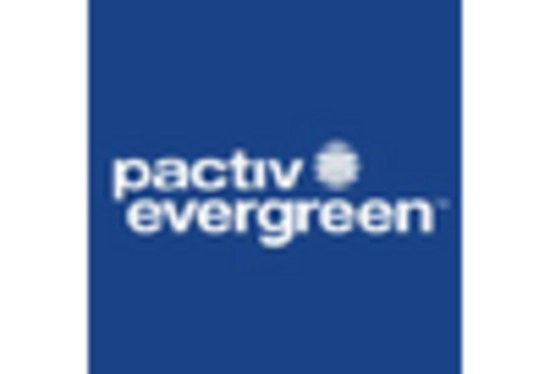








Leave a Comment